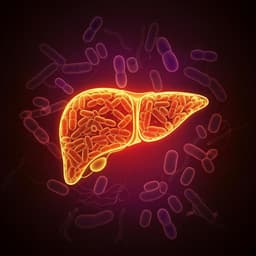
Health and Fitness
Sensitization of the reinforcing value of high energy density foods is associated with increased zBMI gain in adolescents
J. L. Temple, A. M. Ziegler, et al.
This study by Jennifer L. Temple and colleagues explores how repeated exposure to high energy density foods can lead to significant zBMI increases in adolescents. Discover how these findings shed light on developing effective obesity prevention strategies for young individuals.
~3 min • Beginner • English
Related Publications
Explore these studies to deepen your understanding of the subject.







